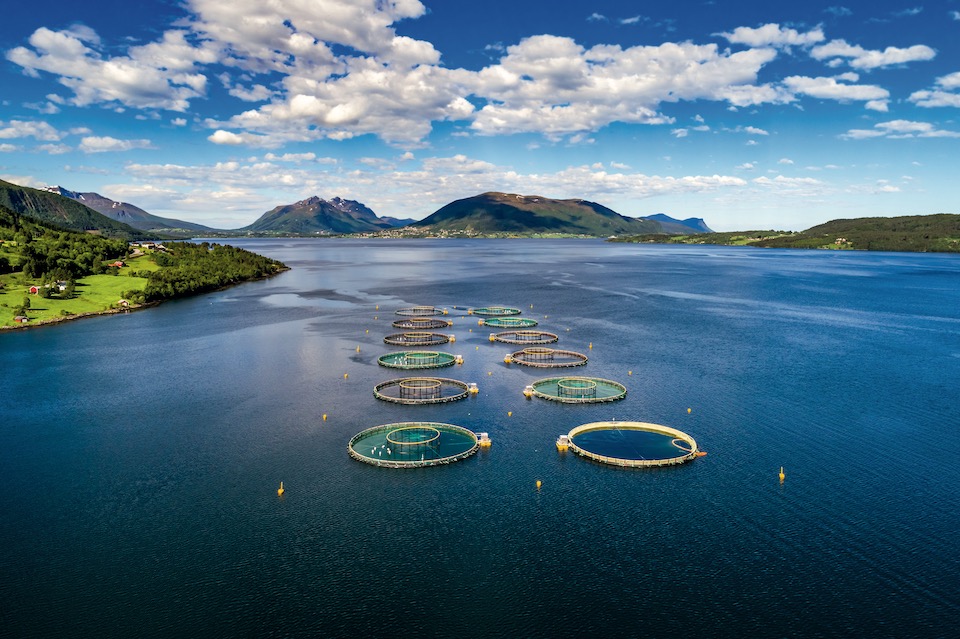It's time to cut bait on short-sighted fish feed.

Help may be on the horizon. In 2015, a consortium of institutional powerhouses – including the Monterey Bay Aquarium’s Seafood Watch program, the University of Arizona, and the World Bank – established an initiative called F3 (short for Future of Fish Feed) to encourage plant- and insect-based alternatives that deliver the same essential fatty acids and vitamins. “The nutrients are key, not the actual ingredients,” says Kevin Fitzsimmons, a research scientist at the University of Arizona.
Progress is certainly possible. In 2009, San Francisco fishmonger TwoXSea collaborated with one of its suppliers to raise the first trout fed a 100 percent plant-based diet. “There are about 60 white-tablecloth restaurants willing to pay a premium for such fish,” says Rick Barrows, an F3 advisor and former USDA fish nutritionist. Widespread adoption, he insists, hinges on far more reasonable price points.
Which is why the F3 team is currently hosting a contest that prioritizes real-world sales figures. Participants have until April 30 to register, and then through August 2019 to develop and market their fish-free formulas. The team that moves the most units will win $100,000. “We welcome the pooling of ideas and resources,” says Barrows, known as a bit of a fish whisperer. “There are companies that have successfully replicated one essential fatty acid and companies that have cracked the code for another, but nobody has put it all together without driving costs way up. I hope to be surprised.”